“A rose?” I glanced at my friend. Was she pulling my leg? I knew she loved roses, but to claim this bloom as a rose?
“No way! Too poofy. It looks more like cotton candy.”
“Cotton candy?” She smiled. “Hardly. It’s called creeping avens (Geum reptans) and it’s definitely part of the rose family.”
“No way!” I exclaimed, leaning in to take a look. The pink, poofy swirl really did give one the impression of cotton candy with its cup-shaped yellow flowers and fluffy pink seed heads. “Wow! You have one unique flower here — but why the name, creeping?”
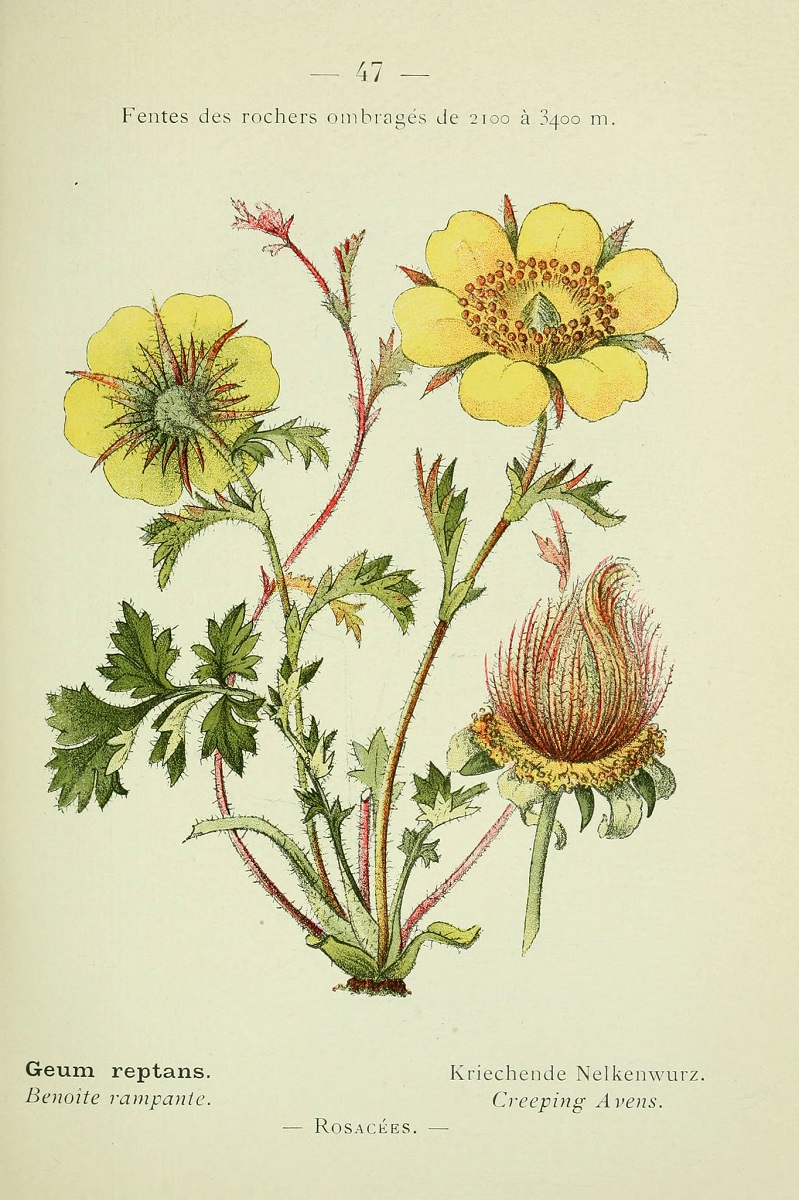
“It’s a hardy plant with long, red runners. They creep across the ground to find root for more plants.”
“Like strawberries.”
“Exactly.”
My friend wasn’t done yet.
“It multiplies with these long runners,” she explained. “It was starting to grow in my lawn. Time to divide and conquer, so to speak. Now you can start your own creeping avens garden. But beware, it can be invasive. It also multiplies by seed.”
With great aplomb, she presented me with two pots of creeping avens.
“I collected both the clippings and the seeds,” she continued. “It won’t take long before your creeping avens are literally creeping all over your garden.”
It was time to go home and learn some more about creeping avens. And to find the perfect spot for my new addition.
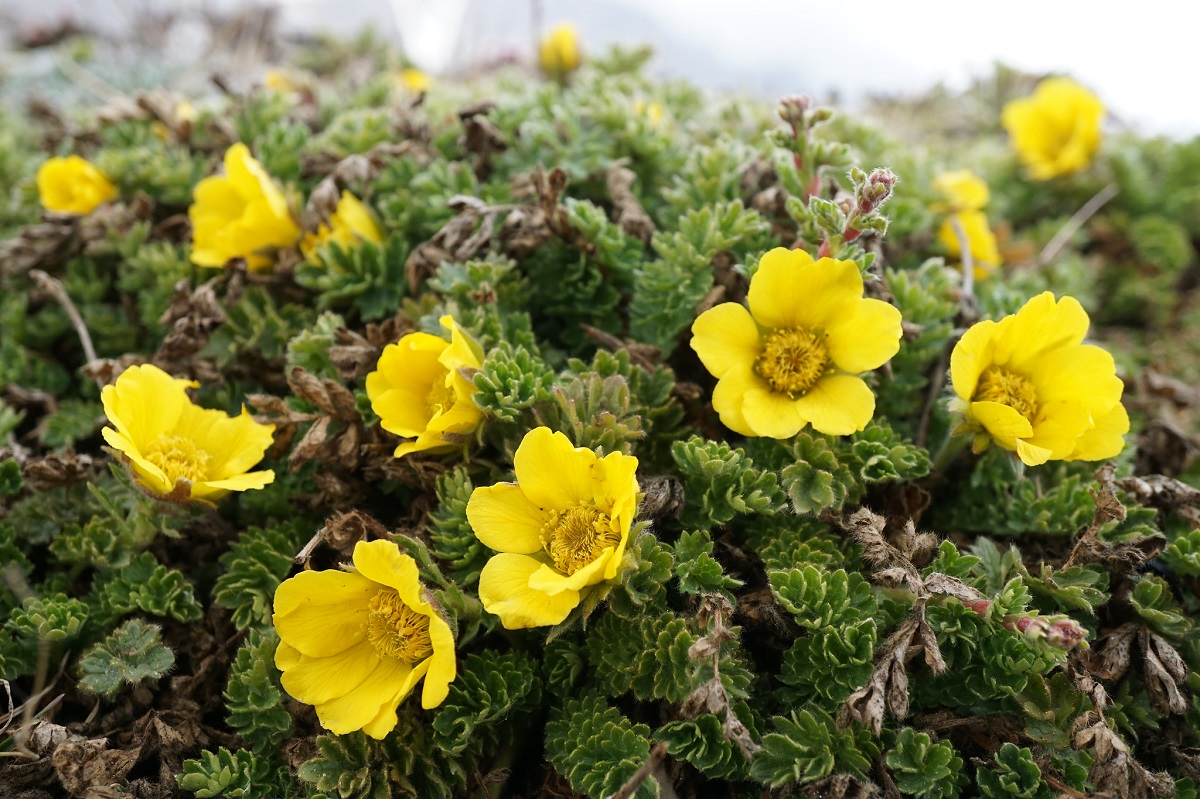
“Lots of sun,” my friend advised. “And well-drained soil — and the best part?” She leaned in and whispered conspiratorially. “The plant is pretty much pest resistant.”
I followed my friend’s directions, planted my creeping avens clippings and seeds, watered them well, and hoped the mid-July heat and humidity didn’t make the transplants suffer. While I waited and watched, I did some research.
Related Post: Growing Roses
What did I learn? Well, this herbaceous perennial (part of the rose family, Rosaceae) is actually native to the high mountainous regions of Central Asia and Europe, where it grows well in rocky, gravelly soil. In home gardens, however, it does best in gritty, well-drained soil.
It enjoys full sun as long as it’s not too hot; afternoon shade will definitely benefit the plant in hotter climates. The cup-shaped yellow flowers of late spring and early summer transform into fluffy pink seed heads, much like the soft, velvety tips of pussy willow flowers. Sadly, the plant is short lived, but since it multiplies quickly (like strawberries) once it takes root in the garden, there will always be plenty.
Also known as colewort, herb bennet, blessed herb, city avens, wild rye, way bennet, gold star, and clove root, creeping avens is easy to start from seed. You can start the seed indoors in preparation to transplant outdoors once the threat of frost has gone.
Or alternately, you can plant the seeds directly in the ground once the frost is a distant memory and the daytime temperatures are averaging around 68 degrees Fahrenheit (20 degrees Celsius). Seeds planted indoors or out take up to a month to germinate, though sometimes they can take longer.
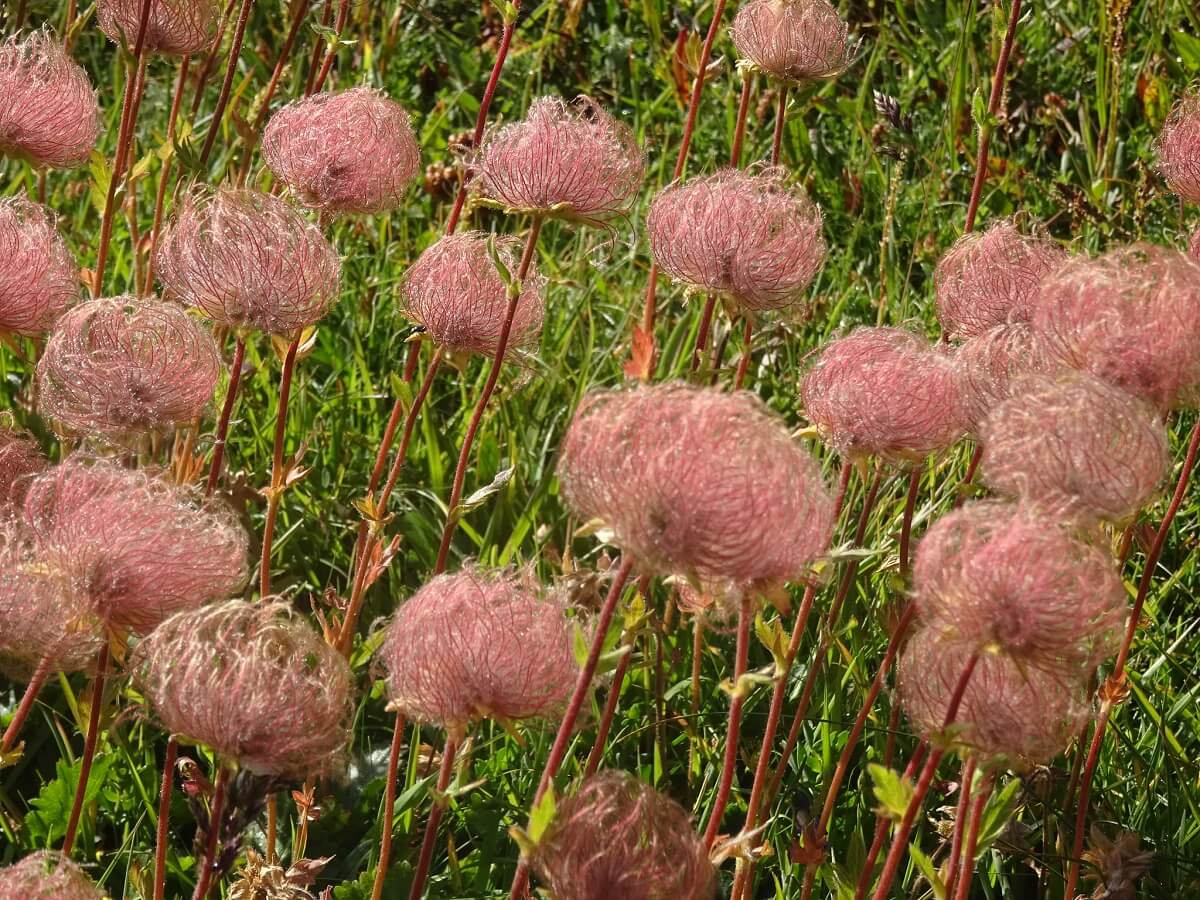
The baby plants my friend gifted me were clipped from the end of the runners. Mature plants can also be divided in the late summer. In fact, it’s recommended to divide the mature plants every couple of years.
Creeping avens do well during hot, dry periods as they’re relatively drought tolerant. This makes it a good addition to my garden as every summer we experience a long period of intense heat and drought.
Related Post: 8 Beautiful, Drought-Tolerant Plants For Dry Landscapes
Like its rose cousins, it’s important to deadhead the flowers to promote more blooms, but wait until the flowers wilt before cutting them off the plant, as you don’t want to miss out on the cotton candy look.
Of its many alternate names, clove root intrigues me. When you dig up the root, it gives off a clove-like aroma. Not surprisingly, it’s the root that can be used medicinally. It’s best to dig it in the spring as that’s when the root is most fragrant. Since it does lose some its aroma during the drying process, it is important to take care when slicing the root. Once dried, the root powder will appear brownish on the outside and purply-brown inside.
The medicine is created by soaking a tablespoon of the powdered root in 2 cups of boiling water which is then strained and taken cold. The concoction has a slightly bitter taste with a touch of cloves, but it works well for cases of diarrhea, dysentery, sore throat, chills, fevers, chronic and passive hemorrhages, gastric issues, and headaches.
There are other medicinal concoctions and uses for this plant, but interestingly (given the current world situation) during eras of plague infestation, the root was boiled in wine and consumed to prevent contracting the disease.
There was also a time when it was used to flavor ale, and tucked among linen-like lavender sachets to preserve and protect from moths as well as give the linens a pleasant odor. Chewing the root was also believed to cure bad breath.
Perhaps creeping avens is more than the unique cotton candy fluff of its flower. For me, that’s the attraction to this plant. It is definitely a good addition to my little piece of garden paradise. Cotton candy, indeed!


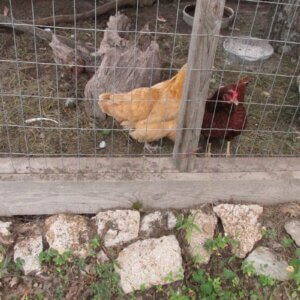
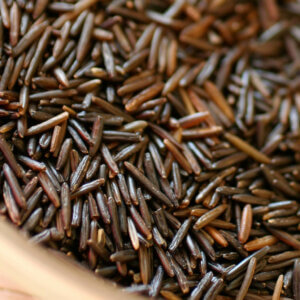

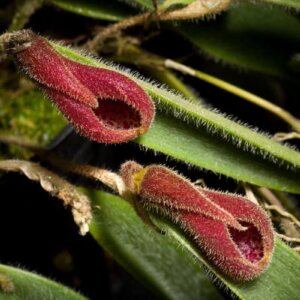



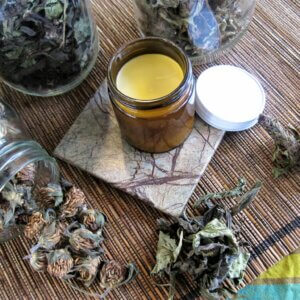

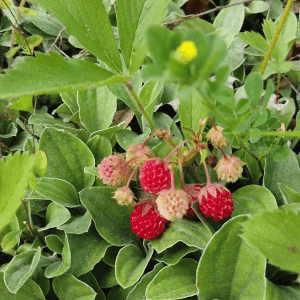







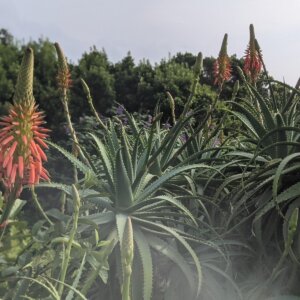






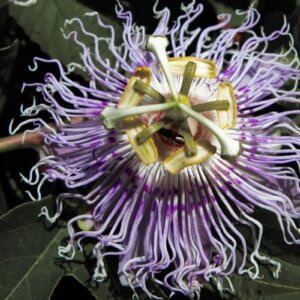
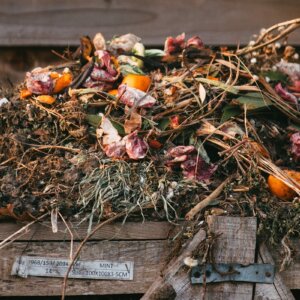
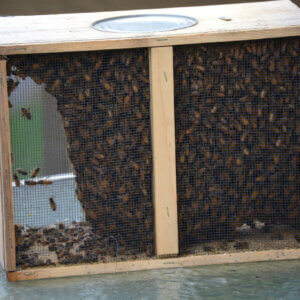


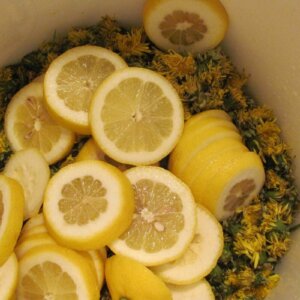


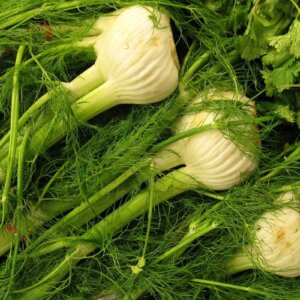
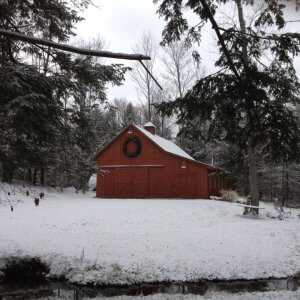

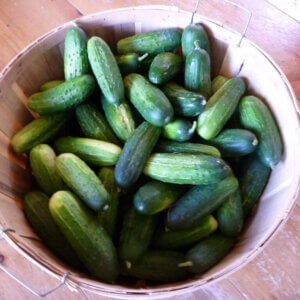




Oh no! Alien roses with a Trump hairdo! Run for the hills, or garden shed…
Leave the politics out of the garden please. Neither the plants nor I want to hear anything about it.